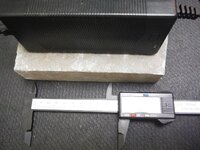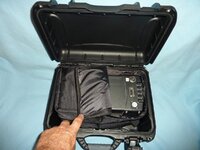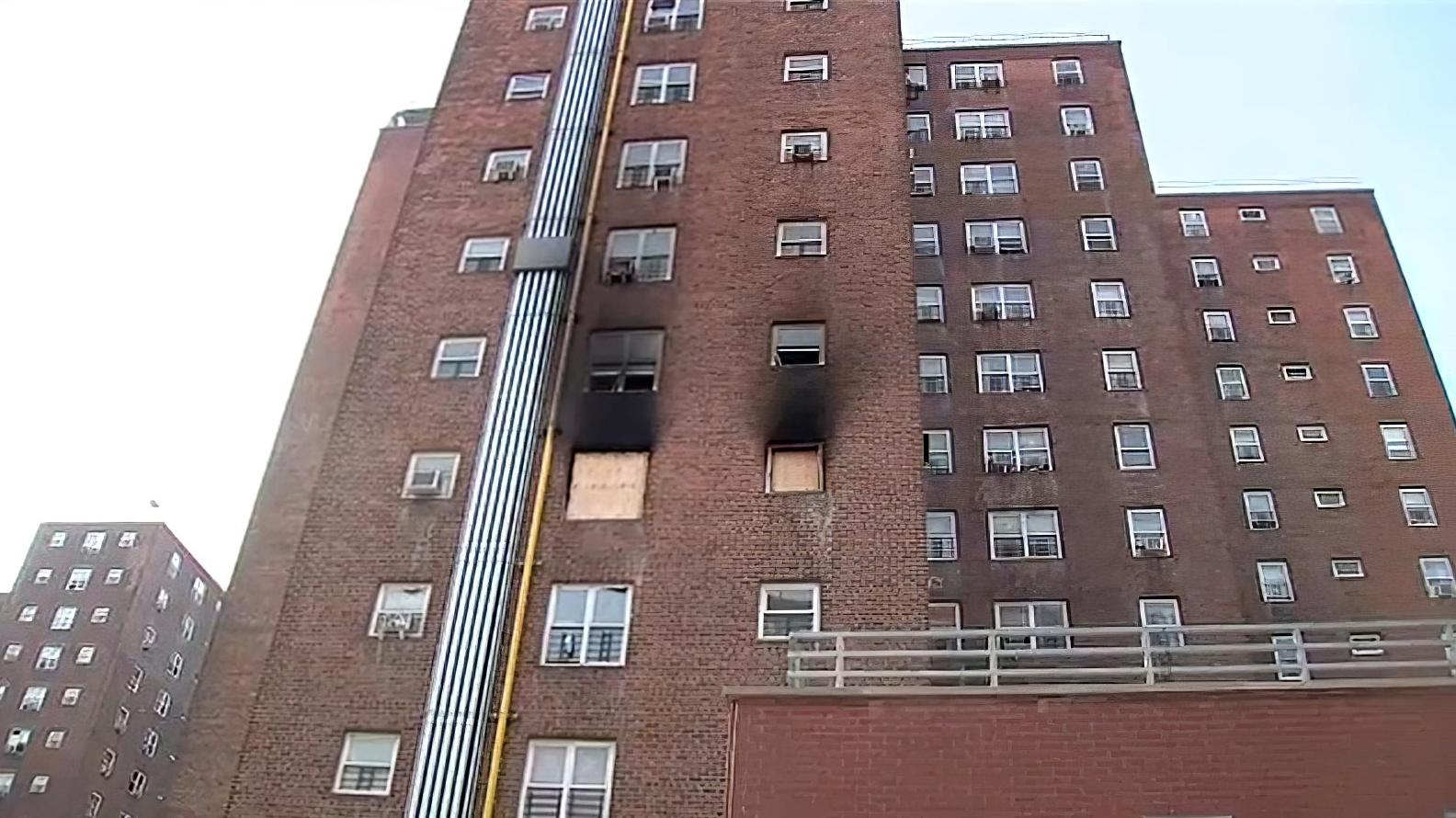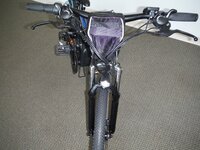Great topic. Not enough attention gets paid to this.
Can't emphasize enough how important it is to buy a battery from a seller who has a known, sterling reputation in the marketplace. Lots of references available even if those are only from word-of-mouth across the online community. It drives me insane when I see people asking about buying cheap Chinese packs from small vendors who have absolutely zero accountability for their product's performance or safety. Even a 'spotty' reputation (looking at you: UPP) isn't good enough when it comes to the potential for consequences.
Some more stuff on charging:
1. I use a charger every day. Usually all day long at work and again on my return home. Used that frequently, cheap chargers tend die younger. I have had no less than three of the more expensive variety that lets you dial back amperage and charge percentage... fail to stop charging (it kept going). I caught one 52v battery where the charger - which was set to 80% - was reading 59v and climbing. That was the last time I trusted even that better grade of adjustable charger.
The ones that don't fail are all potted/fanless units that are not cheap to start with. That can be a $300 Cycle Satiator (I have one) or a much more reasonably priced LED power supply - a device that is essentially a Satiator, without the GUI. These units are rated for years of outdoor use, typically with MTBFs in the hundreds of thousands of hours. I have never had a single failure from this kind of charger. This is not something I figured out myself. They are a common thing in the DIY ebike community.
2. Charge SLOW. Really slow. If something goes wrong it takes longer for things to go bad, and the chargers stay cool since they are only sipping power. The chargers I use are adjustable and typically bottom out at 0.85a. I like to leave them there (but they can be dialed up if time is of the essence). I also have a couple of laboratory power supplies that are more easily adjustable and I run them at 0.20 amps often as not, where they are only eating about 11w. A nice slow charge rate is better for the battery too.
View attachment 89410View attachment 89411
3. Know your volts-per-hour charge rate. As in: "on this battery I get an additional 1 volt per hour" or somesuch. It just takes a countdown alarm set for an hour to figure it out. On my adjustable chargers I set them to an even 1.0a and then I can use whatever number comes up for a quickee calculation on my phone that will figure out what rate I need to get charged in the time I have available.
4. Knowing 3. sets you up for this: Maybe the most important thing of all to add to your charging protocol... A mechanical (!) cutoff timer.
Knowing the volts/hour you are adding in, you can set the timer so it cuts off before anything can go wrong. If your layers of protection are the charger cutting off at the right voltage, and the BMS cutting off the current to the cells if the charger doesn't stop when it should, a physical, mechanical timed shutdown is another fail-safe layer to the onion.
Best $9.99 you will ever spend:
View attachment 89428

 www.bicycling.com
www.bicycling.com








